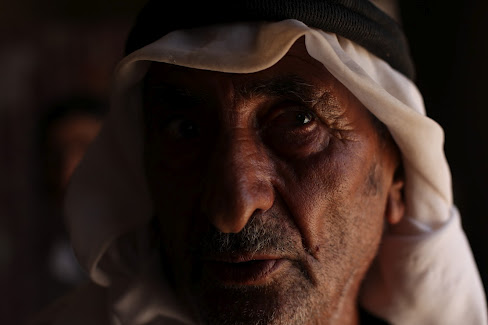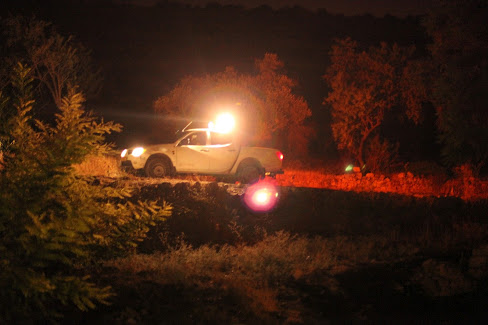Tag: Settlers
-
Night raids and arrests continue in Burin
By Alma Reventos 25 August 2012 | International Solidarity Movement, West Bank On Thursday August 23, Mumen Mahmoud Raja, 18, was arrested at his home by Israeli occupation forces at 2:30 a.m. Around 2 a.m., some 60 Israeli forces invaded the Palestinian village of Burin, located south-west of Nablus. They arrived in 6 military jeeps,…
-
Khan Al Luban: Settlers invade again
By Alex Marley 18 August | International Solidarity Movement, West Bank On Saturday August 11, 2012 the same events of three days earlier repeated themselves in Khan Al Luban. A group of 4 illegal Israeli settlers, from Ma’ale Levona, armed with guns and wooden sticks, came into Khan al Luban at 10:30 p.m. The settlers yet…



